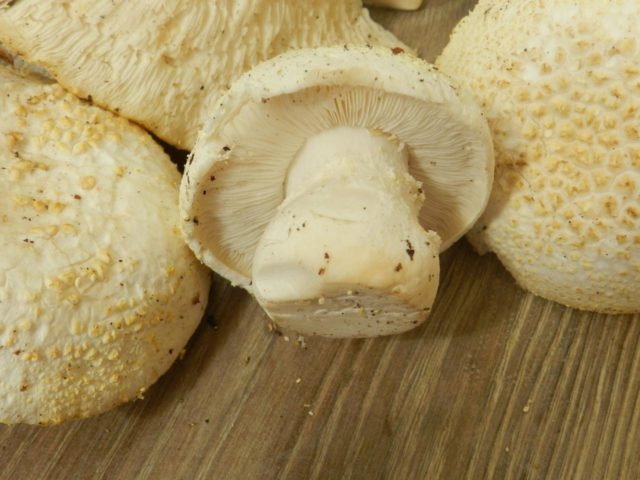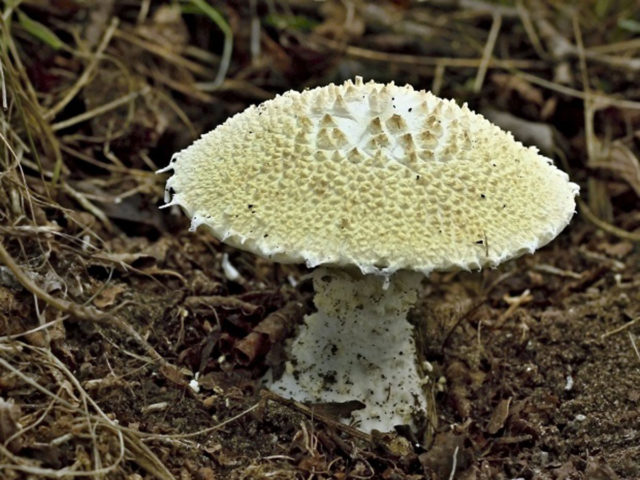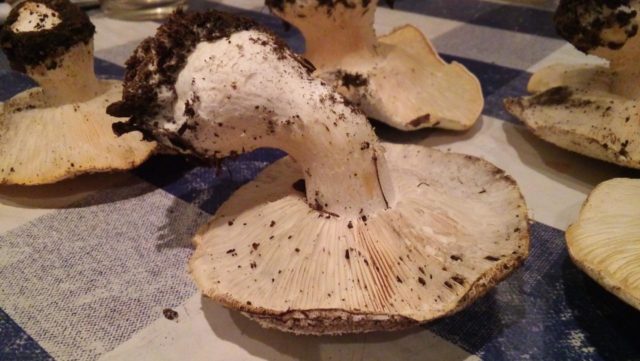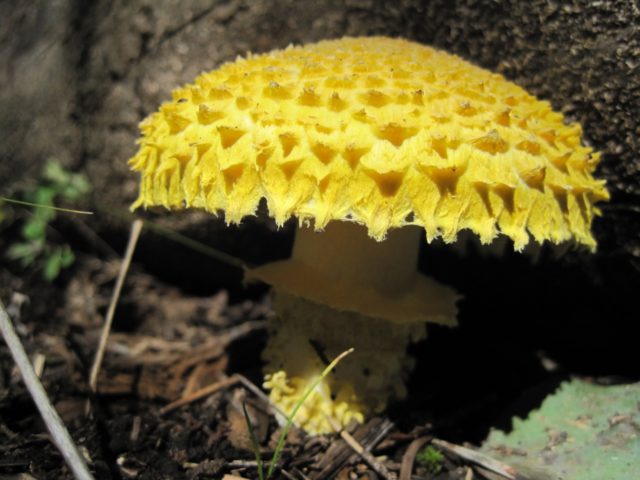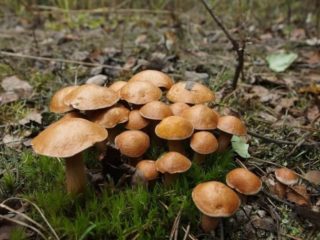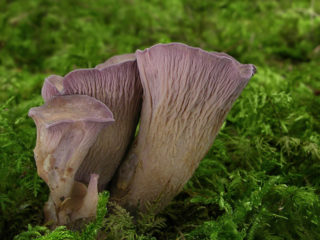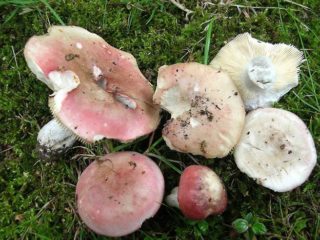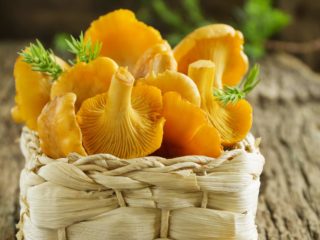Content
Ricken's floccularia (Floccularia rickenii) is a lamellar mushroom of the Champignon family, has a limited growing area, partially covering the territory of the Rostov region. The species is protected as rare and poorly studied; work is underway to search for new populations. It has no other names.
What does Ricken's floccularia look like?
Floccularia rickenii is a medium-sized mushroom with a sweetish pulp that has a pleasant mushroom smell. The structure of the fruit body is dense, the flesh is white, when interacting with air, the color at the break does not change.
Description of the hat
The average diameter of the cap is from 3 to 8 cm, some specimens reach 12 cm. At a young age, the cap is fleshy, thick, hemispherical. As it grows, it opens up, becoming prostrate-convex. The surface of the cap is dry, without gloss, with characteristic small warts. These are the remnants of a velum (common blanket) that protects the fruiting body at a young age. Each wart has three to eight facets, with a diameter ranging from 0.5 to 5 mm. When dry, warty growths are easily exfoliated.
The edges of the cap are first bent, then straight, often have fragments of the coverlet. The color of the cap changes from white to cream with age. The center is much darker than the edges and is painted in a straw-grayish or gray-lemon shade.
The reverse side is covered with thin white plates, located close to each other and descending to the pedicle. In older mushrooms, the plates acquire a lemon-cream color.
Microscopic spores are colorless, shaped like a wide oval or ball. The surface of the spores is smooth, sometimes with an oil droplet.
Leg description
The color of the leg is identical to the color of the cap. Height - on average from 2 to 8 cm, diameter - 15-25 mm. The stalk of Ricken's floccularia has the shape of a cylinder; there is a very noticeable thickening in the lower part. At the base, the pedicle is covered with small layered warts - about 0.5-3 mm. The top is bare. Young specimens have a ring that quickly disappears as they grow.
Is the mushroom edible or not
Riken's floccularia is edible. The data on the palatability are contradictory: in some sources the species is described as tasty, in others - with low palatability.
Where and how it grows
Riken's floccularia is a rare mushroom listed in the Red Data Book of the Rostov Region. On the territory of Russia, it can be found only in the suburb of Rostov-on-Don (in the forest belt of the Chkalov farm), in the vicinity of the Ulyashkin farm in the Kamensky district and in the Schepkinsky forest massif of the Aksaysky district. There are also recorded cases of finding this species in the Volgograd region.
Ricken's floccularia grows in other countries as well:
- Ukraine;
- Czech Republic;
- Slovakia;
- Hungary.
Prefers to settle in artificial plantings of white acacia, thickets of heditsia and common robinia. Fruit bodies are located on the soil, often in sandy massifs of deciduous forests, grow in small groups. Floccularia Ricken loves the neighborhood with Tatar maple and pine, but does not form mycorrhiza with them. Fruiting from May to October.
Doubles and their differences
In some cases, Ricken's floccularia can be confused with its closest relative - straw-yellow floccularia (Floccularia straminea). Another name is Straminea Floccularia. The main difference between the two types is the yellow color of the cap. Floccularia straminea is an edible mushroom with mediocre taste, growing mainly in the coniferous forests of Western Europe.
Conclusion
Riken's floccularia is a rare species in Russian forests, more interesting for specialists than for ordinary mushroom pickers. In order to preserve and further spread this representative of Champignon, you should refrain from collecting in favor of more familiar and tasty varieties.
